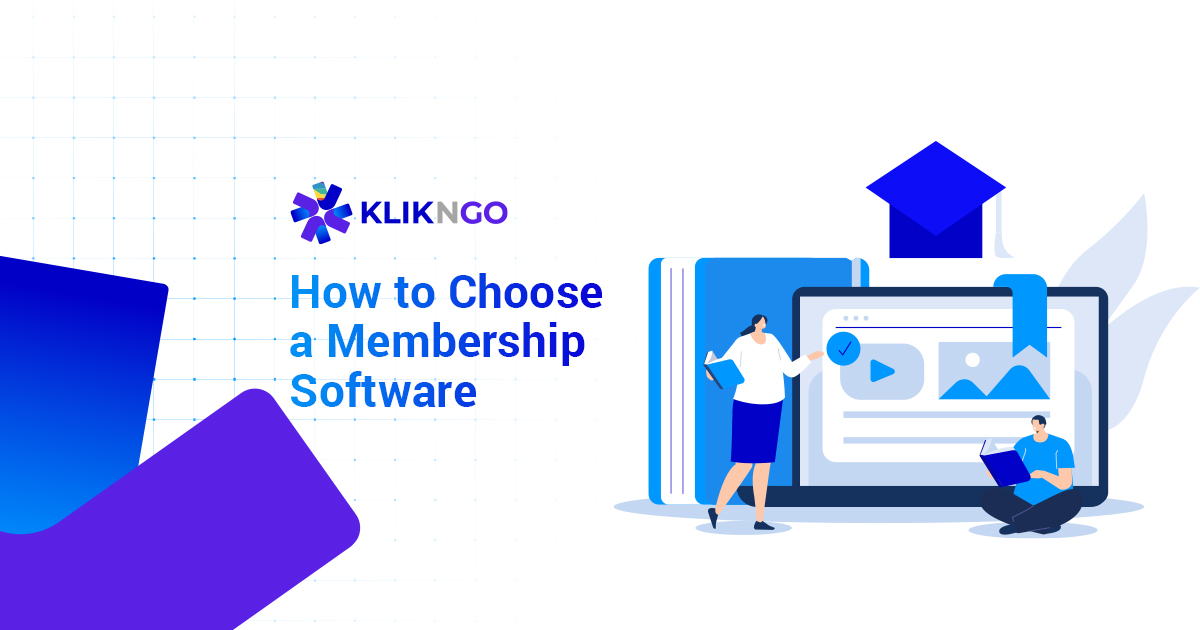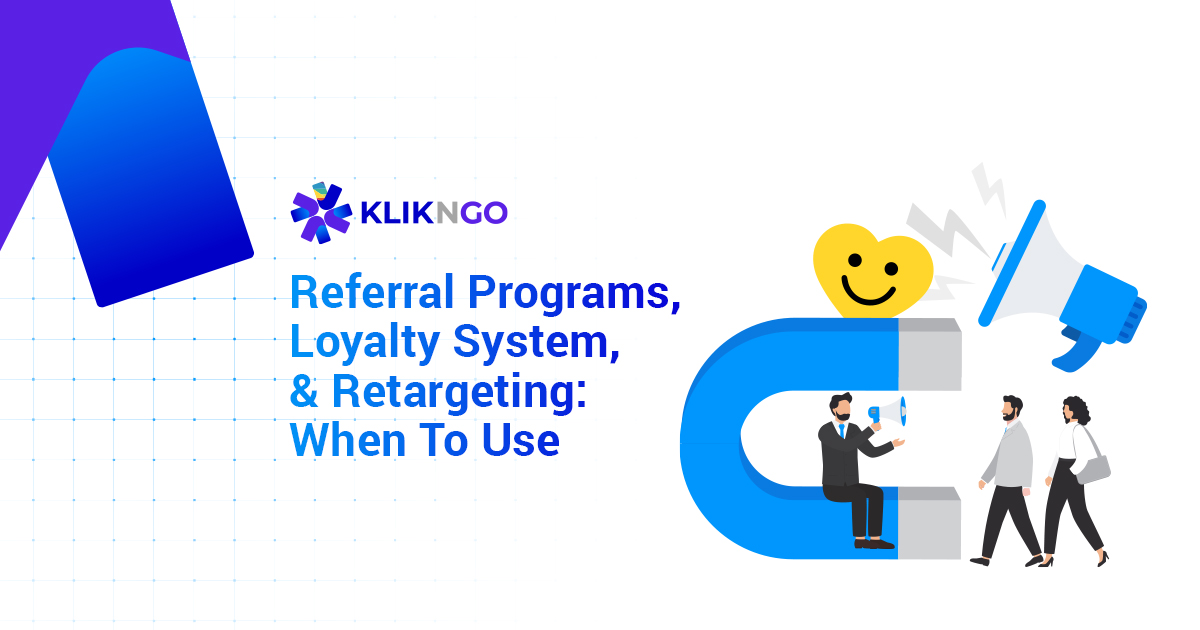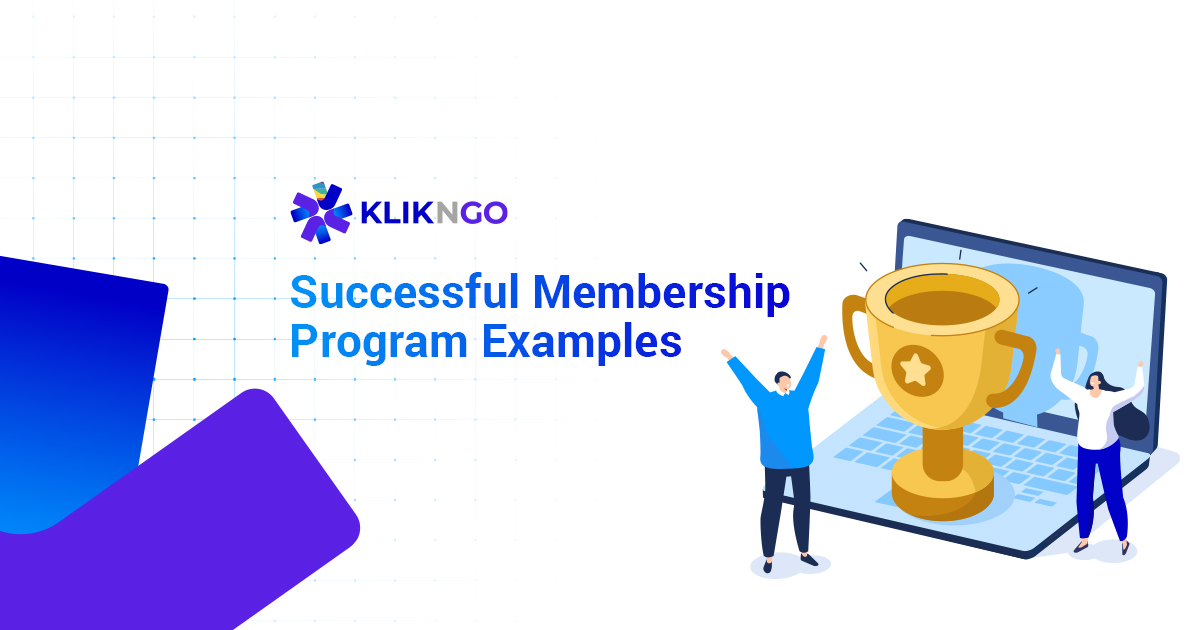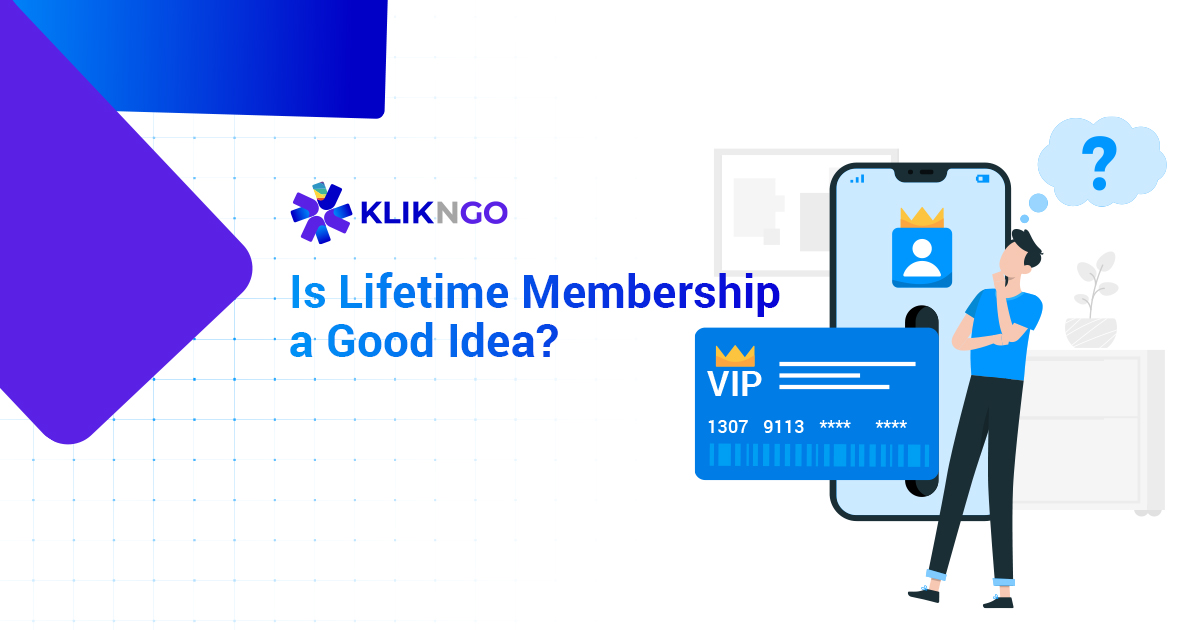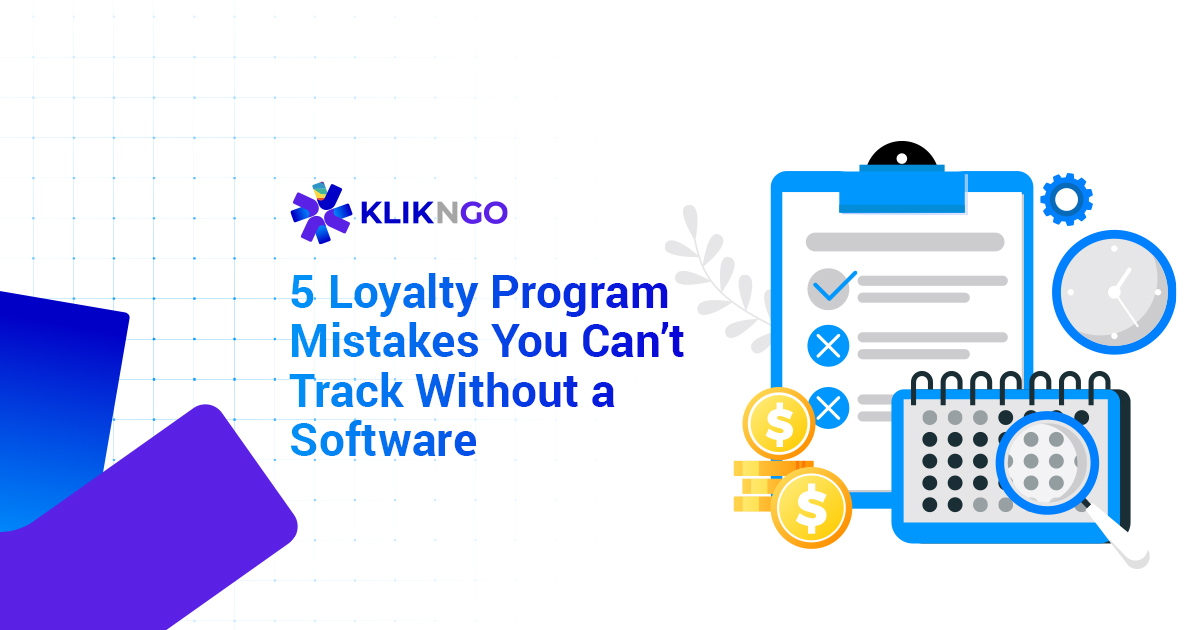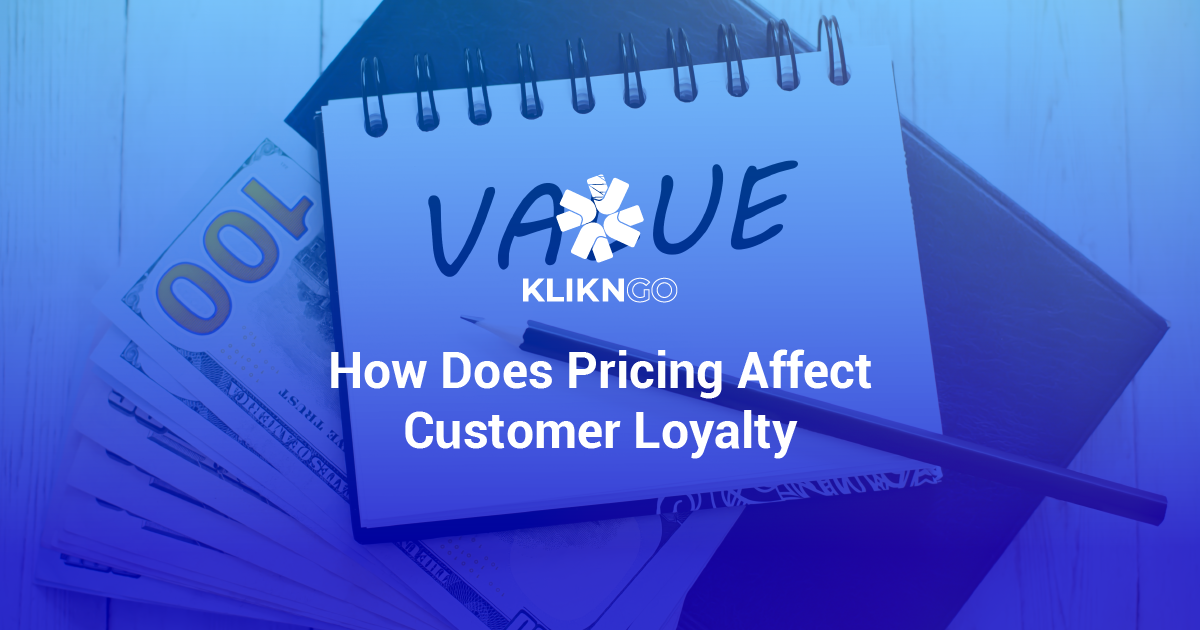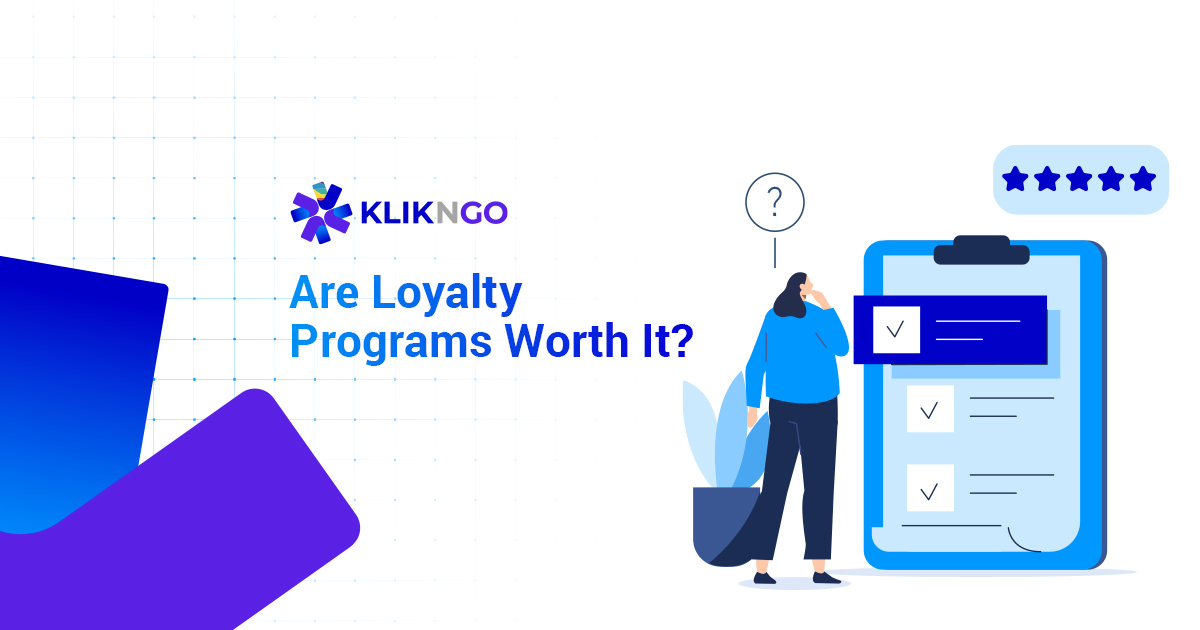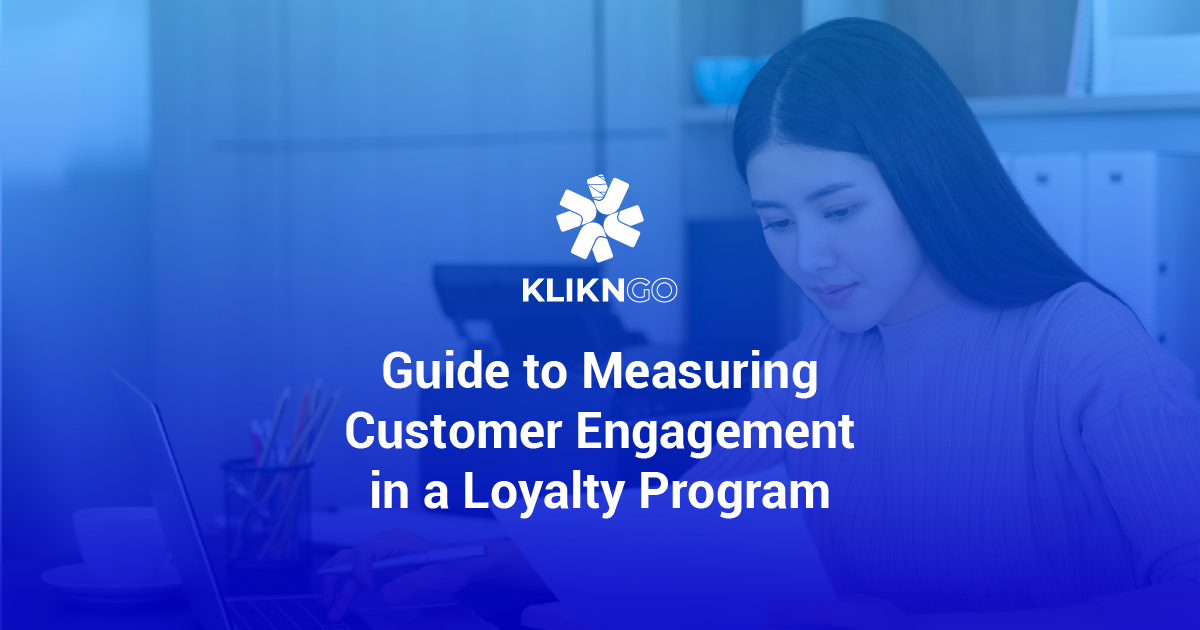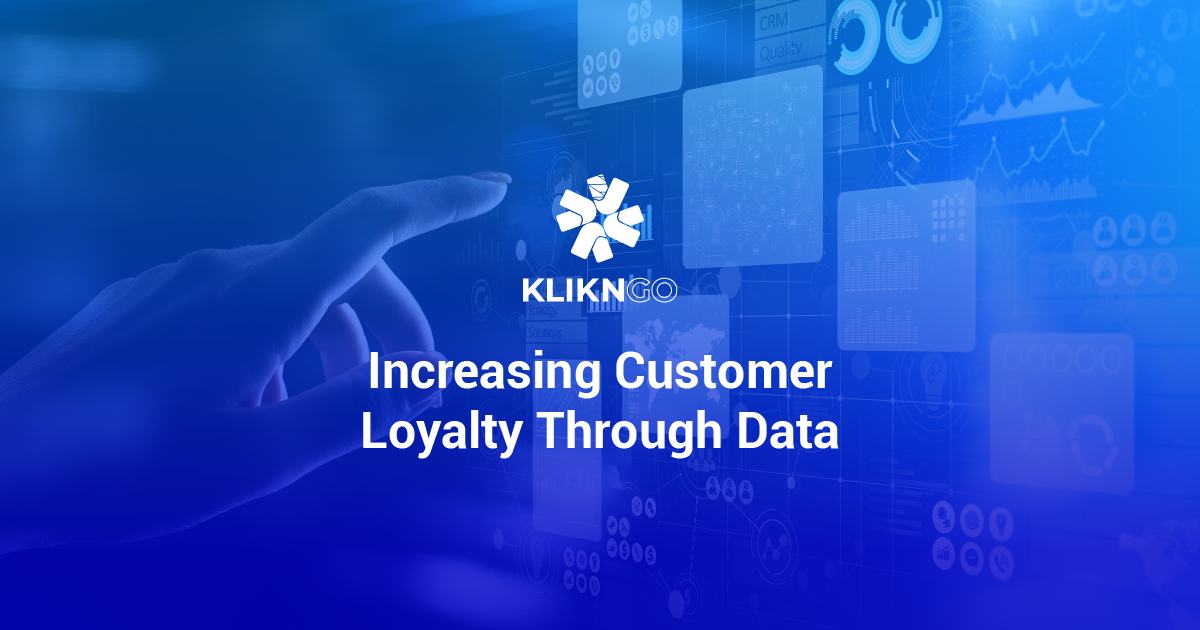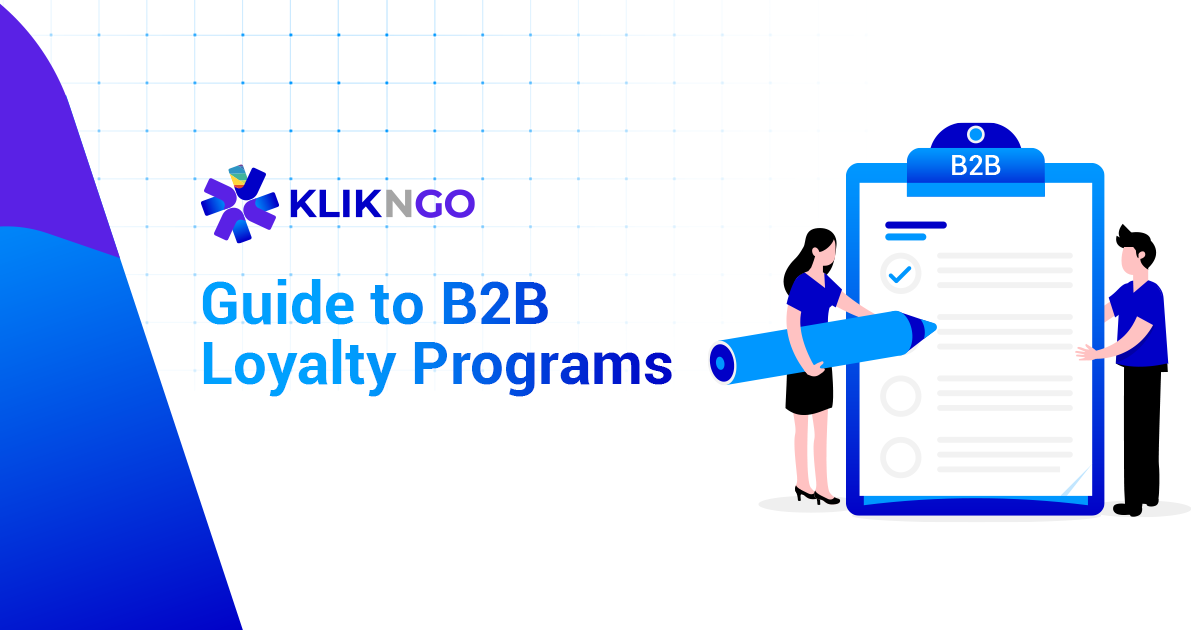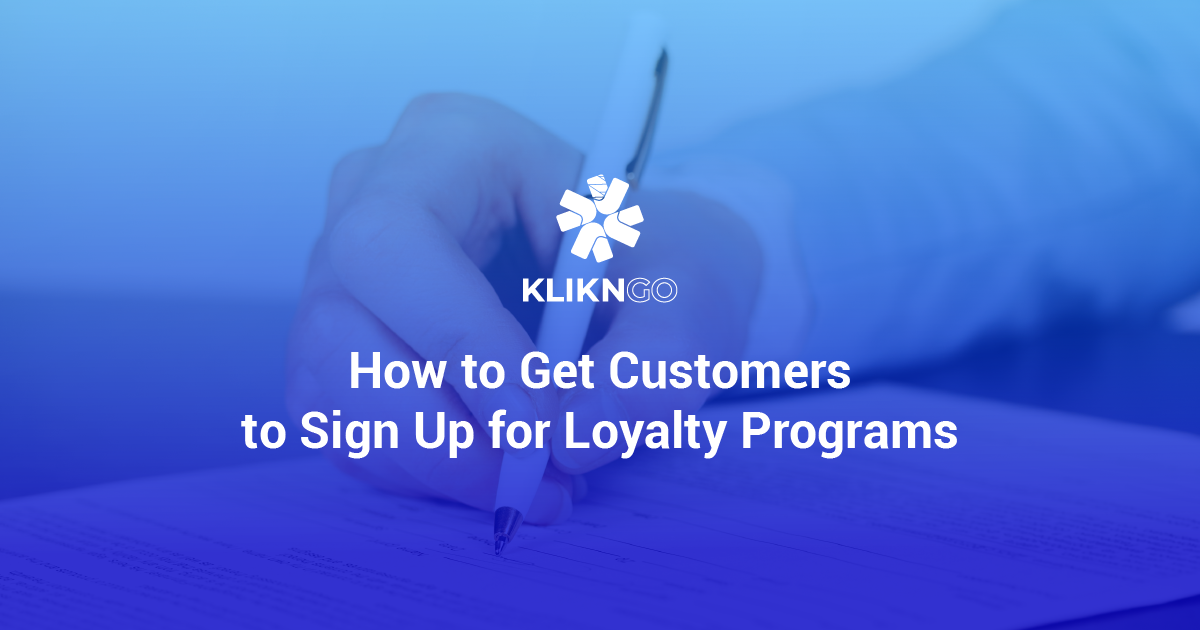What Classifies as Membership Management Software?
Membership management software, in this context, helps organizations efficiently handle all aspects of member engagement. It simplifies tasks like onboarding, renewals, registrations, payment, engagement, and communication.
Advanced systems offer tools to segment members and personalize their experience, providing insights into trends and helping optimize retention and renewal rates.
Membership management software integrates with payment systems, CRMs, and marketing tools, making it easier to run targeted campaigns, track member activity, and manage benefits—all in one place.
For organizations with a large or fluctuating membership base, it helps streamline operations and collects data from all channels for better decision-making.
Membership management software can also include features like mobile apps, digital cards, monthly passes, and even charity subscriptions.
How to Choose the Right Membership Management Software (Questions to Ask)
Does The Software Have Omnichannel Capabilities?
The first thing to consider is whether the membership management software offers omnichannel capabilities.
This simply means the software can collect and sync data across different platforms, so everything stays up to date no matter where your members interact with your brand.
For example, imagine you run a hotel group with a membership program that offers special deals.
If a member books a room on your website, can they also make a special request through your app that shows up when they check in?
An omnichannel approach makes sure members can smoothly move between online and offline channels without any issues.
It also means the software collects data at every step of the member’s journey, helping you understand their preferences, track their activity, and build their member profiles, no matter which platform they use.
This allows you to offer a more personalized experience in the future.
Does It Allow You to Customize What’s Important?
One often overlooked aspect when choosing membership management software is its customizability.
While you won’t be able to customize everything—like the backend code or data collection pipeline—it’s important to ensure the software allows you to personalize key elements like your branding, colors, fonts, button placements, pop-ups, and email templates.
Why does this matter? Branding plays a huge role in member engagement, and in turn, impacts renewals and customer lifetime value.
Think about the last time you wanted to sign up for an event or submit feedback and were directed to a Google form.
While there’s nothing wrong with it, it doesn’t feel very professional and can disrupt the whole experience.
This is a small detail that many providers and organizations overlook, but it can have a significant impact on the user experience in the long run!
Does It Have Proper Membership Engagement Tools?
Another key factor that affects both user experience and membership retention is having the right membership engagement features, also known as gamification.
These features introduce fun “missions” or challenges that reward members with extra perks beyond their regular benefits.
You can gauge how engaged your members are by whether or not they participate. A simple example is daily check-ins.
Members who check in daily are typically your most dedicated and engaged, allowing you to segment them and offer special promotions to keep them around.
Gamification also helps you achieve both short-term and long-term goals.
For example, you can use it to encourage things like voucher distribution or boosting referrals organically over time.
While gamification features are important, they’re not the ultimate solution—that’s where your rewards and benefits come in.
However, gamification is still a valuable tool for growing, scaling, and boosting brand engagement.
Does It Have Good Integration Options?
Integration options are crucial, and this might be one of the most important questions to ask when choosing membership management software.
Integration means the ability of the software to work seamlessly with other tools, platforms, and systems. The right integrations can make or break your membership program.
Beyond the usual integrations—like email marketing or accounting software—you should prioritize CRM integration.
A CRM integration provides valuable insights into your customer base, tracking things like how long they engage with your app or website, how often they visit your physical locations, and how many perks they claim (including what they use them on and at which branch or location).
If your membership software doesn’t offer CRM integration, it’s definitely a dealbreaker. A CRM is critical for making data-driven decisions in any organization.
Other important integrations to consider include specialized software, like inventory management systems or software syncing with IoT devices.
For example, you could track how often members visit a specific gym branch using turnstile and card scanning systems.
We worked with a gym client who wanted an app that allowed users to see real-time gym traffic.
We achieved this through multiple layers of integrations with both hardware and software.
This was only possible because our membership management software is built from the ground up to integrate with virtually any other software & hardware.
Does It Use a Centralized Database?
A centralized database is the first thing you should look for when choosing the right membership software provider.
Many businesses and even membership providers have their data scattered across different platforms, with separate databases for their apps, websites, and email marketing lists.
This creates fragmentation and makes it hard to track the same customer across different touchpoints, which is a big mistake.
A centralized database solves this problem. It lets you track each customer, no matter which platform they’re using, giving you a comprehensive view of their behavior and interactions. This unified data makes it easier to build detailed, accurate member profiles.
Another key point is having a single view of truth for every customer profile. A single view of truth means having a unified, accurate representation of customer data across all platforms—online and offline.
With a centralized database, you can pull data from all your sources, like apps, websites, social media, and email marketing.
You can even go a step further by incorporating offline data, such as on-site interactions, reward redemptions, or even tracking members using turnstiles – as we talked about earlier.
Tracking offline data can be complex, but syncing both offline and online interactions into a single customer profile is essential.
Many service providers don’t offer the tools necessary to do this, so having a provider with the right infrastructure is crucial for keeping your data unified and actionable.
Does The Provider Give Unlimited Scalability Options?
Another key question to ask is whether your chosen provider offers unlimited scalability.
Many membership platforms start you off with an attractive plan that seems too good to be true, only to impose limits as your business grows.
For example, you might pay $99 per month for up to 500 members, but then face an extra charge of $50 for every additional 250 members.
Some platforms even offer low upfront prices, only to start taking a percentage of your revenue once your business grows.
It’s crucial to ask these questions upfront to avoid any unwanted surprises later. At KlikNGo, we offer a fixed monthly subscription model with unlimited scalability and no hidden fees.
This way, you can grow your business without worrying about unexpected charges!
Does The Provider Give You Resources for Success?
One of the biggest reasons many membership programs fail is the lack of support from providers.
Often, businesses or organizations are given the software with no advice or direction on how to use it effectively.
If you’re new to membership programs, how are you supposed to know how to grow them?
Many providers simply hand over the software and leave you to figure it out, but the reality is that running a successful loyalty or membership program is complex.
Larger companies often hire dedicated specialists to manage it, but this isn’t always feasible for smaller organizations or nonprofits.
At KlikNGo, we do things differently. We offer a free consultation upfront to give you a clear roadmap and steps to ensure your membership program’s success.
Plus, we provide a dedicated account manager who’s available during regular hours to guide you and answer any questions.
If you’re planning to scale, we also offer a range of loyalty marketing services to assist you along the way, letting you focus on growth while we handle the tough parts. It is essentially an all-in-one service!
Differences Between Membership Management and Loyalty Program System
Membership management and loyalty programs may seem similar, but they each have their own focus.
Membership management software is all about keeping track of people who are part of an organization, like a gym, a club, or even a credit card with an annual fee.
Memberships can be free or paid, depending on the organization. For instance, a charity might offer free membership to let people attend special events and make donations.
Loyalty programs, on the other hand, are more about encouraging customers to come back and spend more over time.
They usually involve rewards like points or discounts based on purchases, with the goal of increasing customer loyalty.
While memberships often come with fixed perks (like a set of benefits tied to your membership level), loyalty programs are more transactional, with rewards earned through spending.
Some loyalty programs can have a subscription model too, similar to memberships, like the tier systems you see in hotels or apps.
Overall, memberships offer more flexibility in how they’re structured, making them great for hitting both short-term and long-term goals.
For example, a restaurant could set up a membership program with monthly discount vouchers to get people to visit more often, using the fact that people tend to use what they’ve already paid for.
If your business runs on a subscription-based model, like a SaaS, gym, or charity, a membership program is a great fit.
But if your business doesn’t follow that model, like a retail store or restaurant, a loyalty program would be a better choice.

